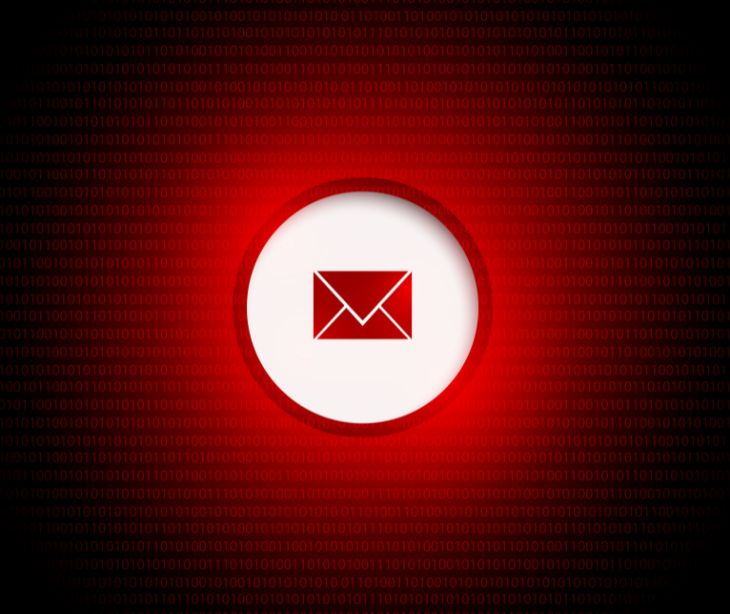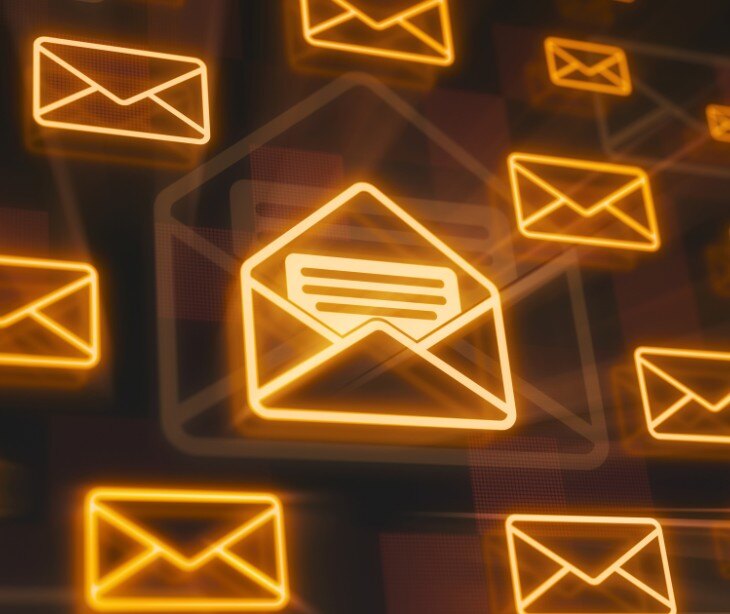
Short bounces in healthcare email marketing are temporary delivery failures, often due to incorrect email addresses. These can pose HIPAA compliance risks by potentially exposing patient information. To stay compliant, healthcare organizations should maintain up-to-date email lists, verify recipient information, and promptly address short bounces to prevent data breaches.
What are soft bounces?
Soft bounces represent temporary and usually non-delivery of email messages to the intended recipient's inbox. Unlike hard bounces, which indicate permanent delivery failure, soft bounces occur for reasons that are typically temporary:
- Mailbox is full: The recipient's email inbox has reached its storage limit, preventing the delivery of new emails. This issue is usually resolved when the recipient frees up space in their inbox.
- Temporary server issues: Sometimes, the recipient's email server experiences temporary problems, such as being offline or overloaded. In such cases, the email cannot be delivered at that moment but may succeed upon retry.
- Content filtering: Email service providers employ filtering mechanisms to identify and block emails with spammy content or suspicious attachments. Soft bounces can occur if your email gets caught in these filters.
- Rate limiting: Email providers may limit the number of emails they accept from a sender within a specific time frame to prevent spam. Exceeding these limits can lead to soft bounces.
- DNS issues: Problems with the Domain Name System (DNS), which resolves domain names to IP addresses, can result in soft bounces.
- Greylisting: Some email servers use greylisting as an anti-spam measure. When they encounter an email from an unknown sender, they initially reject it with a "try again later" response.
The implications of soft bounces in healthcare email marketing
- Reduced deliverability: Frequent soft bounces can negatively affect your sender reputation, leading to emails being routed to spam folders or blocked entirely. This reduces the likelihood of your messages reaching their intended recipients.
- Engagement challenges: Soft bounces can disrupt the flow of communication with patients and healthcare professionals. When emails aren't delivered promptly, important information may be missed, affecting patient care and engagement.
HIPAA compliance and soft bounces
Soft bounces have the potential to compromise HIPAA compliance:
- PHI exposure: Soft bounces may result in email messages being returned to the sender. If these returned emails contain protected health information (PHI) and are not handled securely, they could be accessible to unauthorized individuals. That can lead to the exposure of sensitive patient information.
- Inadequate encryption: If soft bounce emails are not properly encrypted, they may be vulnerable to interception during transmission or when stored on email servers.
- Data retention issues: Soft bounce emails may be retained in the email system, even if they weren't successfully delivered to the intended recipient. If these emails contain PHI, they must be retained according to HIPAA's data retention requirements. Failure to do so could lead to compliance violations.
- Unauthorized access: Soft bounces may alert an email administrator or IT staff to email delivery issues. If these personnel have unauthorized access to PHI contained in the bounced messages, it could result in unauthorized disclosure, a breach of HIPAA privacy rules.
- Response to bounces: If the response to soft bounces involves sending additional emails or communications to the same address without verifying recipient identity or consent, it can lead to a violation of HIPAA's rules on patient communication preferences and opt-out procedures.
- Failure to investigate: Ignoring soft bounces and not investigating the reasons could lead to ongoing delivery issues.
- Insecure email platforms: Using email platforms that do not provide the necessary security features, such as encryption and access controls, can lead to soft bounces that compromise HIPAA compliance.
How to manage soft bounces in healthcare email marketing
- Encryption: Use email encryption to protect the content of emails, both in transit and at rest. Encryption helps safeguard PHI from unauthorized access, even if emails bounce.
- Data retention policies: Develop clear policies that dictate how long email communications, including bounced messages, are retained. These policies should align with HIPAA requirements.
- Patient communication preferences: Respect patient preferences regarding email communication. Allow patients to easily opt out of email communication if they choose to do so.
- Secure email platforms: Use HIPAA compliant email platforms that provide the necessary security features for handling PHI.
Additional practices for HIPAA compliant email communications
In addition to managing soft bounces, healthcare organizations should adopt practices to maintain HIPAA compliance in email communications:
- Explicit consent: Obtain explicit consent from patients before sending marketing emails or sharing healthcare information via email.
- Secure login credentials: Ensure staff members use strong login credentials for email accounts to prevent unauthorized access.
- Secure attachments: If sending attachments containing PHI, use secure file-sharing methods or cloud storage with proper access controls.
- Regular audits: Conduct audits of email communication practices and systems to identify and address compliance gaps.
Soft bounces can compromise HIPAA compliance if not handled properly, potentially exposing sensitive information and leading to compliance violations. Healthcare organizations must prioritize protecting patient data and ensure that soft bounces are managed effectively to maintain HIPAA compliance.
Related: Solving email delivery and bouncebacks
Subscribe to Paubox Weekly
Every Friday we'll bring you the most important news from Paubox. Our aim is to make you smarter, faster.




